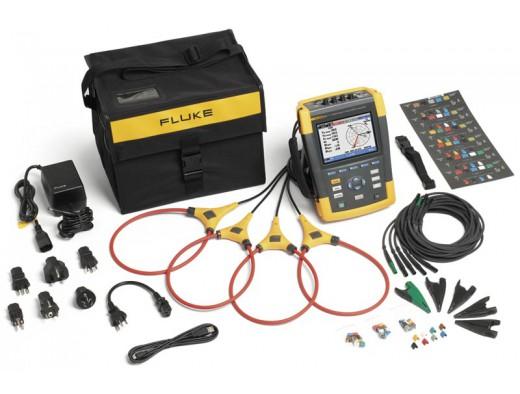Introduction
The Power Quality Equipment Market is witnessing rapid growth as industries, utilities, and commercial establishments increasingly focus on maintaining electrical system reliability and efficiency. Power quality equipment encompasses devices such as voltage regulators, surge protectors, harmonic filters, and uninterruptible power supplies (UPS) that ensure stable and consistent electricity supply. With the growing integration of renewable energy sources, complex industrial machinery, and sensitive electronics, maintaining power quality has become a critical requirement. Fluctuations in voltage, frequency, or harmonics can lead to equipment damage, operational downtime, and increased energy costs, making power quality solutions essential across various sectors.
Market Drivers
A primary driver of the market is the rising adoption of renewable energy sources such as solar, wind, and hydropower. These sources often introduce fluctuations and harmonics into the grid, necessitating advanced power quality management solutions. Industrial growth, digitalization, and the proliferation of sensitive electronic equipment also fuel demand, as consistent power is critical for productivity and safety. Additionally, increasing electricity consumption in residential and commercial sectors has heightened the need for voltage stabilization and surge protection. Regulatory mandates on energy efficiency, grid stability, and reduction of industrial downtime further drive the adoption of power quality equipment globally.
Market Challenges
Despite growing demand, the power quality equipment market faces challenges such as high initial costs, integration complexities, and limited awareness in developing regions. Advanced equipment like harmonic filters, UPS, and reactive power compensators require significant investment, which may deter small and medium-sized enterprises. Integration with existing electrical infrastructure, especially in older facilities, can be technically challenging. Furthermore, a lack of technical expertise and limited understanding of power quality issues among end-users slows adoption. Rapid technological advancements also require continuous training and updates, adding to operational expenses.
Opportunities
Opportunities in the market are driven by the expansion of smart grid infrastructure, industrial automation, and increasing energy consumption. The adoption of IoT-enabled power quality monitoring and predictive maintenance tools allows real-time detection of anomalies and reduces downtime. Growth in renewable energy installations presents opportunities for voltage regulation, harmonic mitigation, and reactive power compensation equipment. The emergence of microgrids, distributed energy systems, and energy storage integration further boosts demand for power quality solutions. Expanding urbanization and industrialization in Asia Pacific, Latin America, and the Middle East provide additional market potential for manufacturers of power quality equipment.
Regional Insights
Asia Pacific leads the market due to rapid industrialization, smart grid development, and investments in renewable energy projects in countries like China, India, and Japan. North America holds a strong position with established industrial sectors, renewable energy adoption, and regulatory support for grid reliability. Europe is expected to maintain steady growth driven by stringent power quality standards, renewable integration, and smart infrastructure initiatives. The Middle East & Africa region is witnessing gradual adoption due to ongoing energy infrastructure development and increasing industrialization. Latin America, particularly Brazil and Mexico, is emerging as a promising market with expanding industrial bases and growing awareness of power quality challenges.
Future Outlook
The future of the power quality equipment market is promising, with increasing emphasis on smart monitoring, automation, and renewable energy integration. Technological innovations such as IoT-based monitoring, predictive analytics, and real-time voltage regulation are expected to redefine power quality management. The growing adoption of electric vehicles, distributed generation systems, and microgrids will further increase the demand for advanced power quality equipment. With governments and industries focusing on sustainable energy use, operational efficiency, and grid reliability, the market is poised for steady growth over the next decade.
Conclusion
In conclusion, the Power Quality Equipment Market is critical for ensuring reliable and efficient electricity supply across industrial, commercial, and residential sectors. The market growth is driven by renewable energy integration, industrial automation, and regulatory requirements for energy efficiency and grid stability. Challenges such as high costs and integration complexities exist, but technological advancements, smart monitoring solutions, and increased awareness offer significant opportunities. Power quality equipment will continue to play a pivotal role in modern electrical infrastructure, supporting sustainability, efficiency, and operational reliability.

